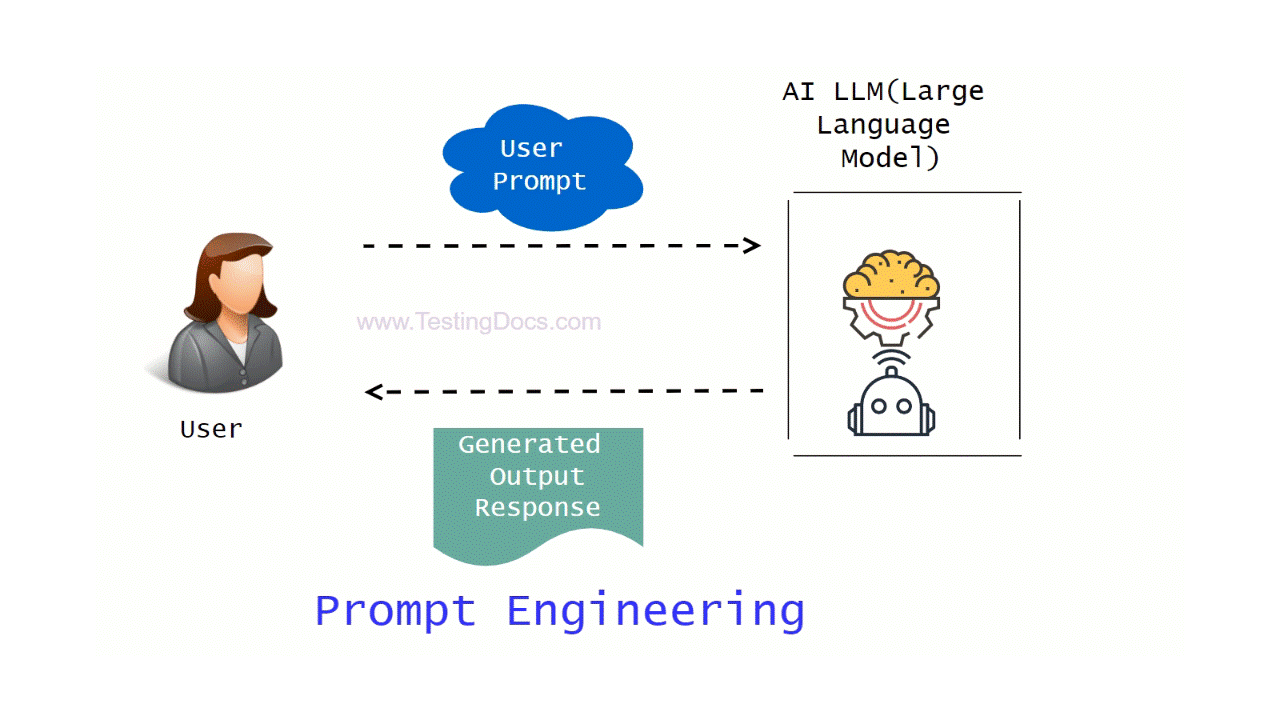Chain- of-Thought (CoT) Prompting
Overview
Chain-of-thought prompting is a method for guiding LLMs through a sequence of connected ideas or thoughts. It aims to stimulate creativity, critical thinking, and problem-solving skills. These techniques help to enhance the reasoning capabilities of LLMs.
Chain-of-Thought (CoT) Prompting
Chain-of-thought (CoT) prompting is a technique that allows LLMs to solve a problem through a series of intermediate steps before responding with a final answer. It improves reasoning ability by inducing the model to answer a multi-step problem with reasoning steps that mimic a train of thought. It allows large language models to overcome difficulties with reasoning tasks that require logical thinking and multiple steps, such as arithmetic problem-solving or commonsense reasoning questions.
In chain-of-thought (CoT) prompting, we provide a series of intermediate reasoning steps in the prompt itself. These steps guide the model through the thought process, enabling it to perform complex reasoning before responding.
CoT prompting has several uses:
- Brainstorming Sessions
- Arithmetic Problem-solving
- Education Tasks
More information can be found at:
https://en.wikipedia.org/wiki/Prompt_engineering


